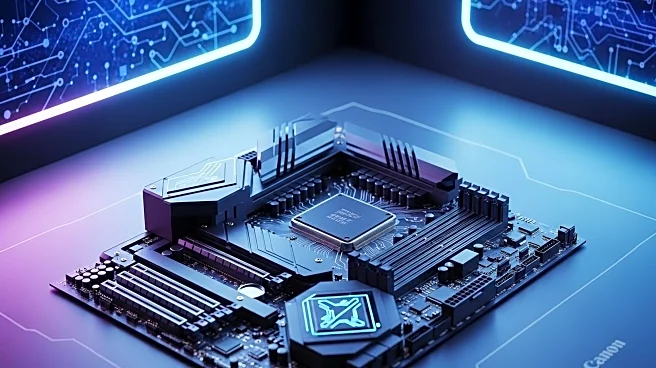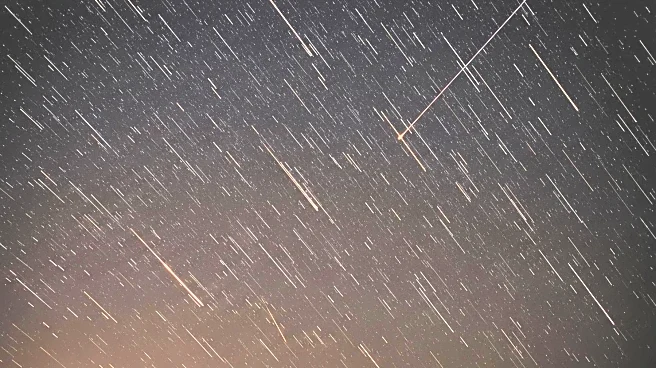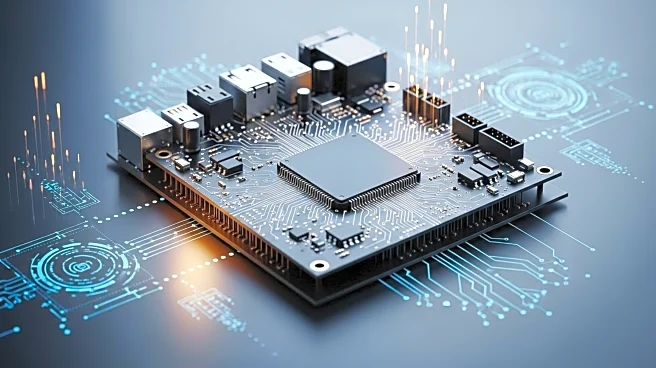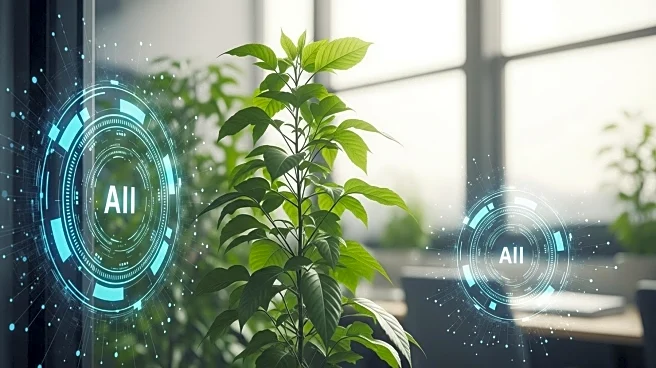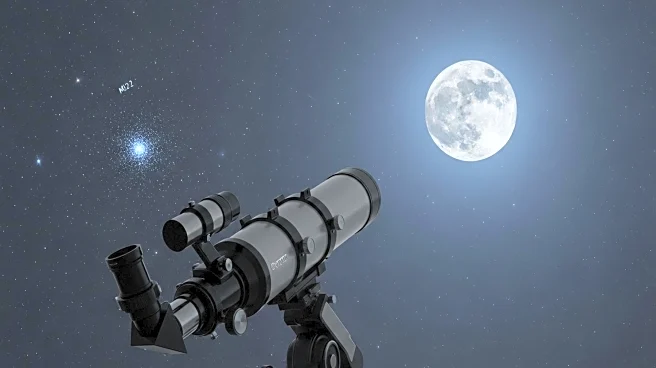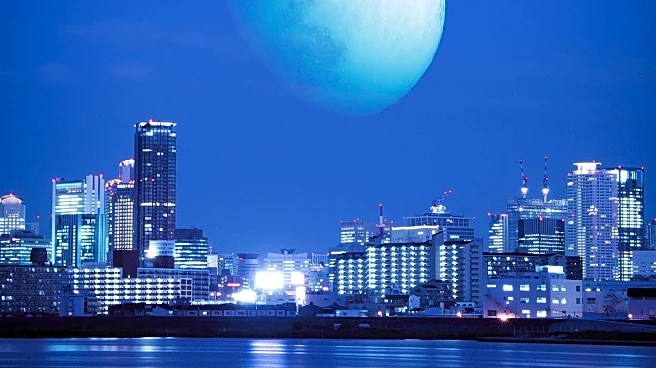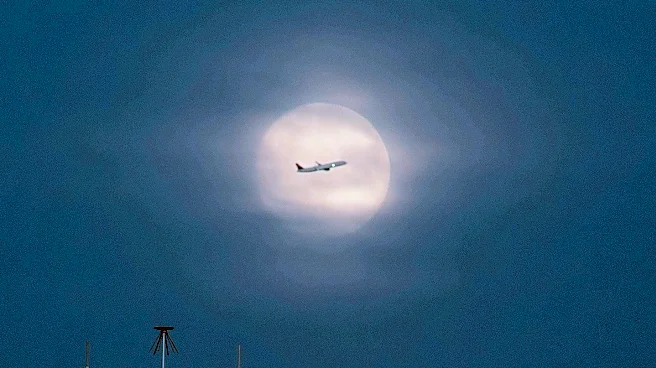What is the story about?
What's Happening?
ZWO has launched the Seestar S30, a compact and self-contained imaging system designed for astrophotography enthusiasts. The Seestar S30 is equipped with a 30mm f/5 apochromatic triplet lens, which uses extra-low dispersion glass to minimize chromatic aberration and deliver sharp images. The system includes internal motors for precise tracking and automated slewing, making it user-friendly for capturing deep-sky objects. The telescope features a built-in rechargeable lithium battery, allowing up to six hours of continuous use, and includes 64 GB of internal memory for storing images. The Seestar S30 is controlled via a companion app that offers a star atlas, object catalog, and imaging controls, enabling users to easily select targets and capture images. The app also includes an AI Denoising function to enhance image quality by reducing background noise.
Why It's Important?
The introduction of the Seestar S30 marks a significant advancement in the accessibility of astrophotography technology. By offering a portable and affordable imaging system, ZWO is enabling more amateur astronomers to engage in deep-sky imaging without the need for complex setups. This democratization of astrophotography tools could lead to increased interest and participation in astronomy, fostering a broader appreciation for space exploration and scientific discovery. The ease of use and advanced features of the Seestar S30 may also encourage educational institutions to incorporate astrophotography into their curricula, providing students with hands-on experience in scientific observation and data analysis.
What's Next?
As the Seestar S30 gains popularity, it is likely to influence the development of future smart telescopes, pushing manufacturers to innovate and offer more user-friendly and affordable options. The success of the Seestar S30 could prompt ZWO to expand its product line, potentially introducing larger aperture models or additional features to cater to more advanced users. Additionally, the integration of AI technology in astrophotography may lead to further advancements in image processing, allowing for even higher quality images and more efficient data analysis. The growing interest in portable imaging systems may also drive collaborations between tech companies and educational institutions to develop specialized software and educational programs.
Beyond the Headlines
The Seestar S30's impact extends beyond the realm of amateur astronomy, as it represents a shift towards more sustainable and modular technology solutions. The compact design and efficient energy use of the Seestar S30 align with broader trends in technology that prioritize environmental sustainability and resource efficiency. This development may inspire other industries to adopt similar principles in their product designs, contributing to a more sustainable technological landscape. Furthermore, the integration of AI in the Seestar S30 highlights the increasing role of artificial intelligence in enhancing user experiences and optimizing performance across various sectors.
AI Generated Content
Do you find this article useful?



